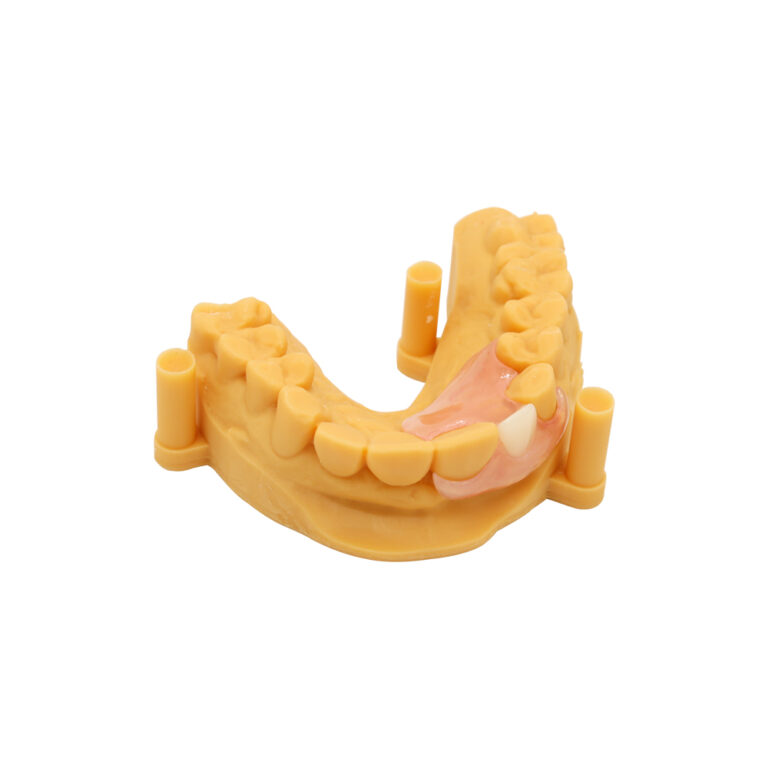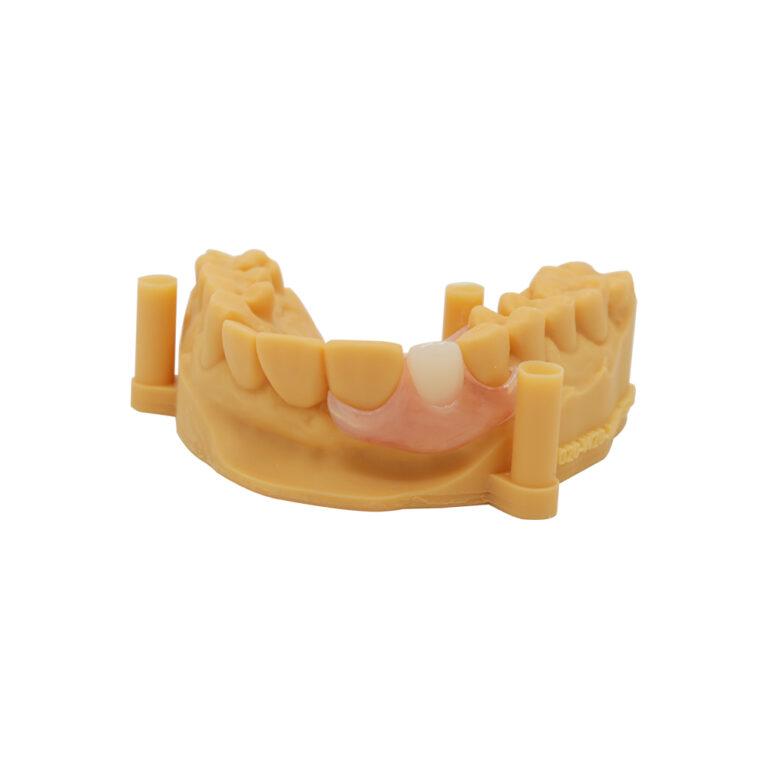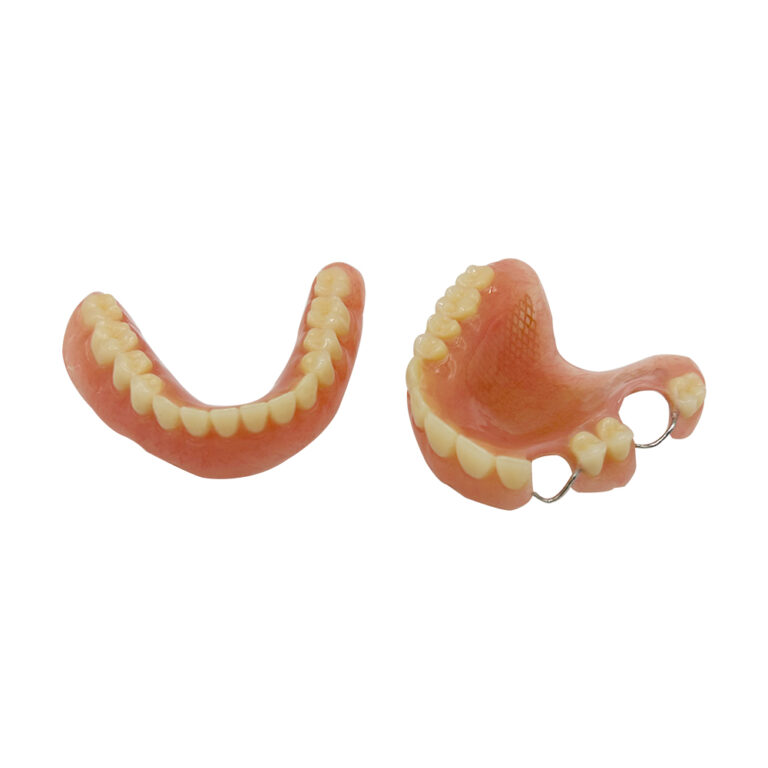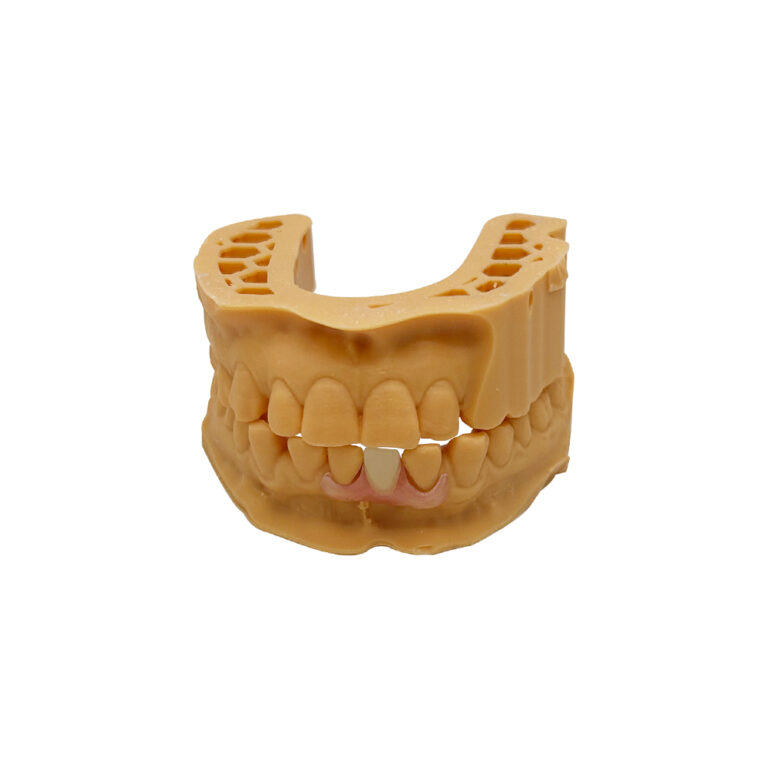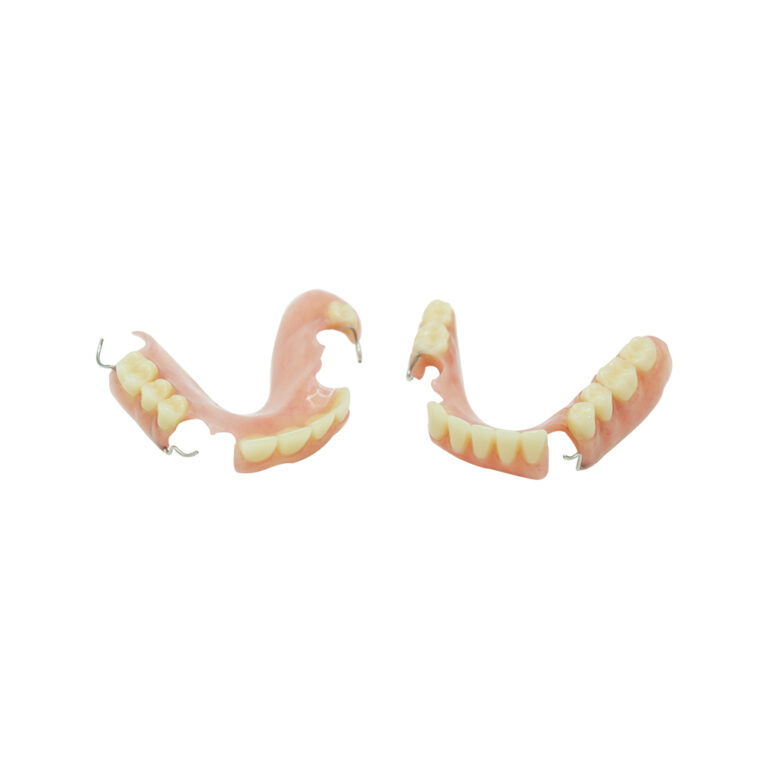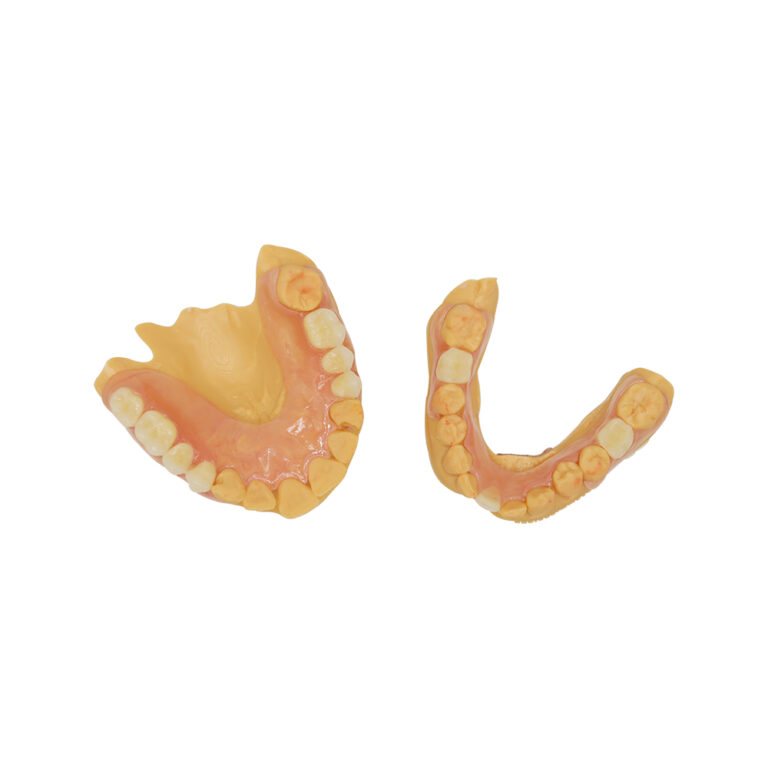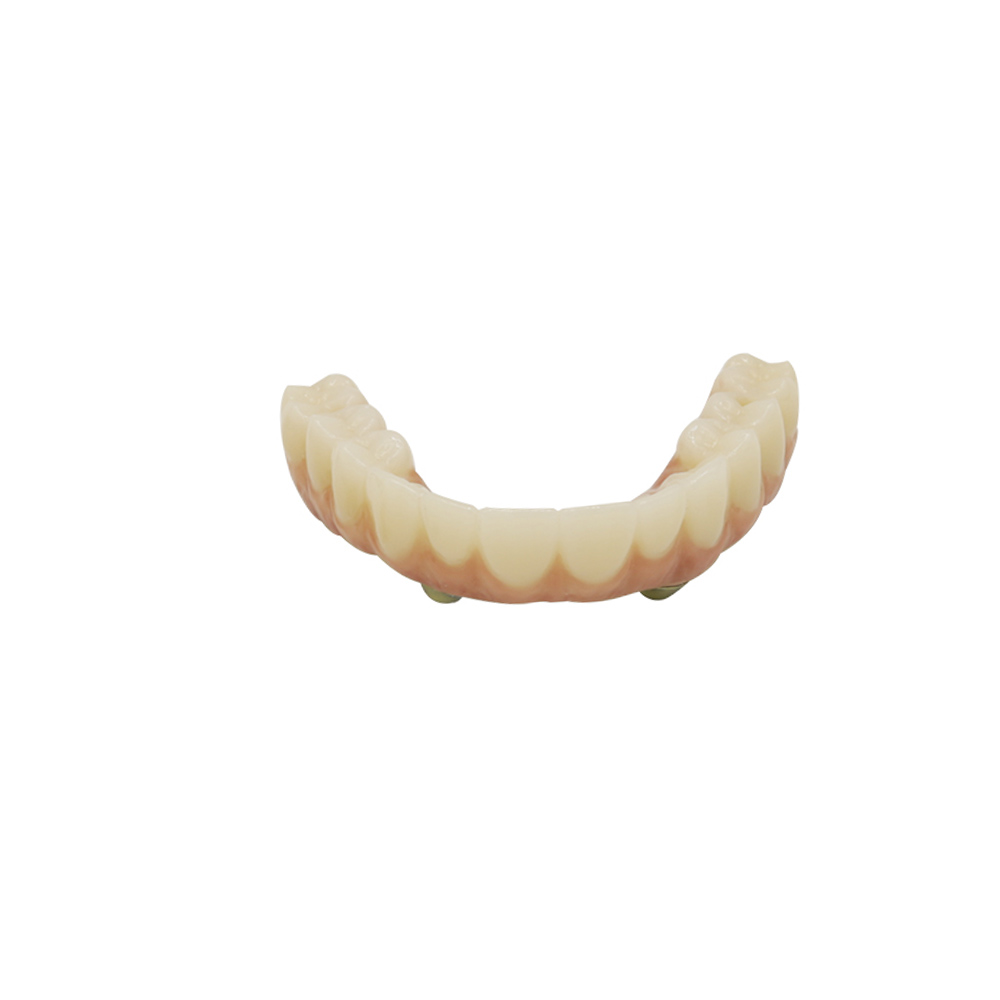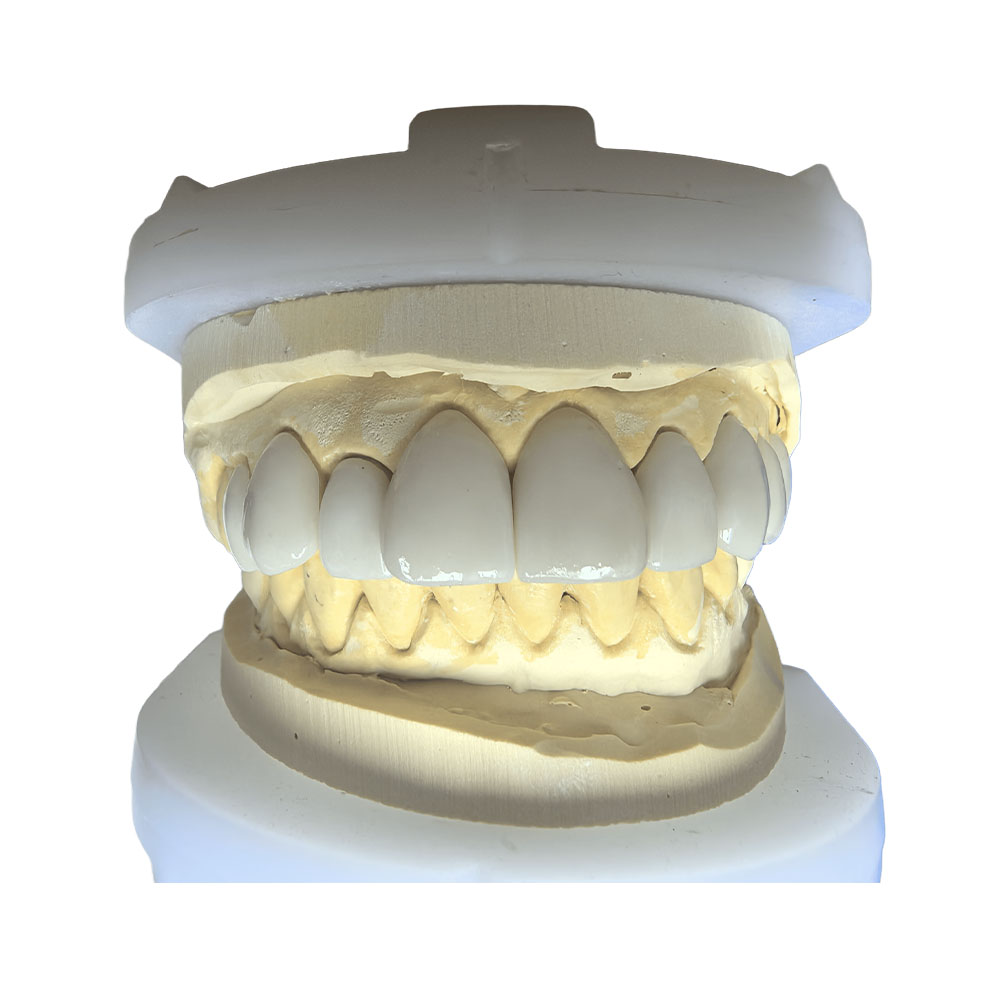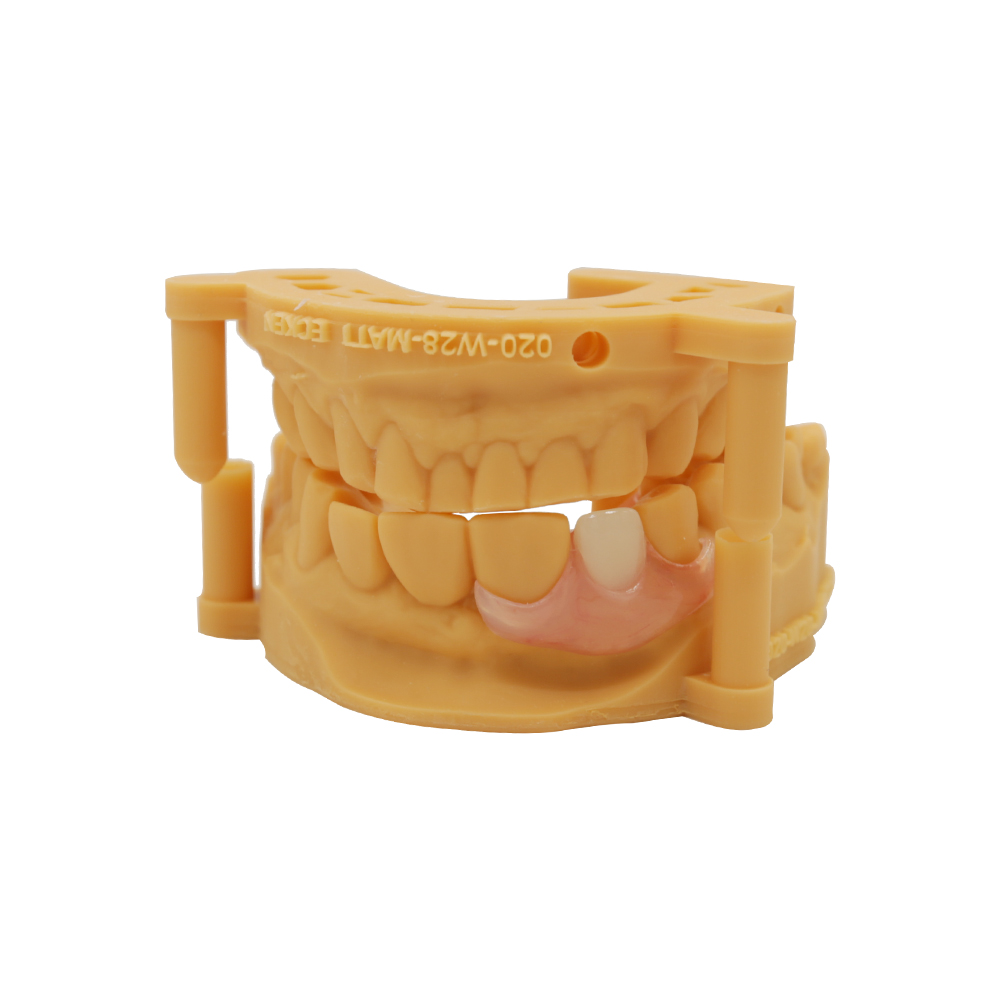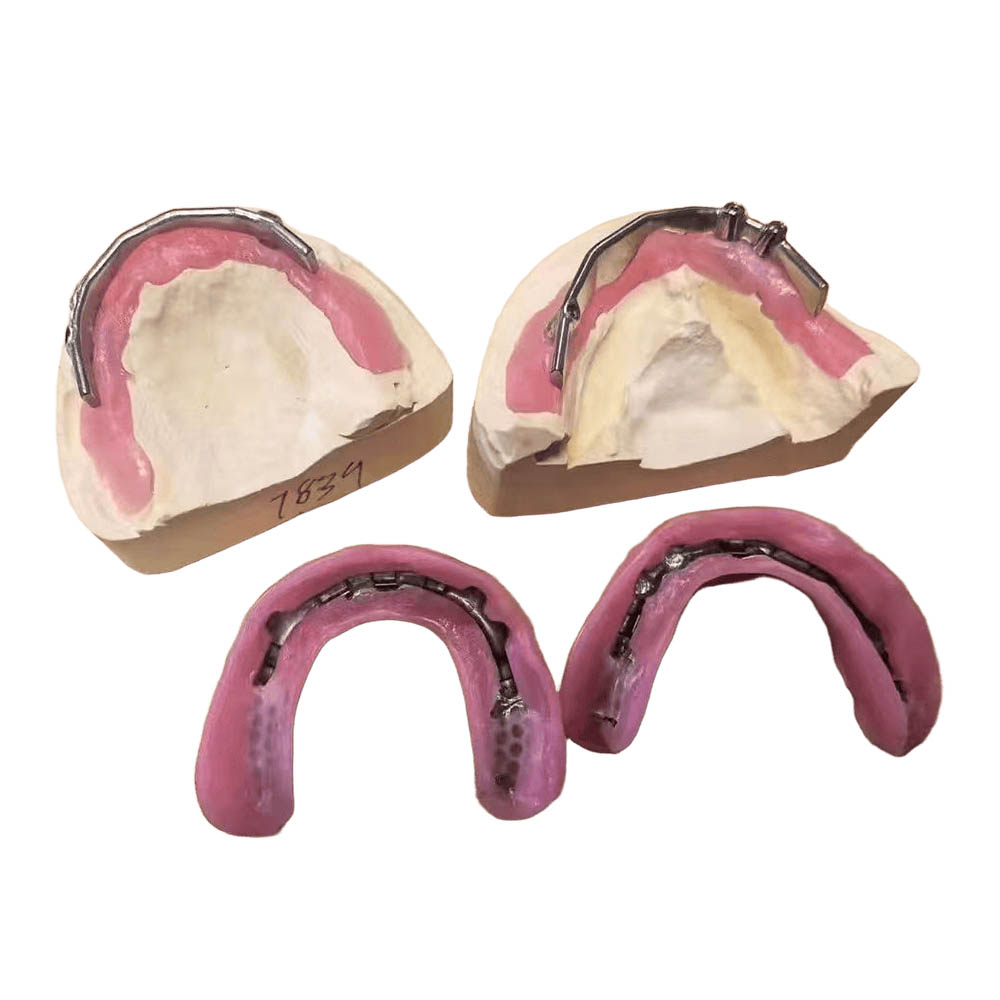
Clasps for Partial Dentures
A Secure Hold: Your Top Partner for Partial Denture Clasps
Welcome to the home of skillfully made removable partial denture (RPD) components. As one of the top five dental labs in China, Istar Dental Lab is focused on making better dental products using the latest technology, great materials, and unmatched skill. Our customers from all over the world, including dentists who want the best, top dental clinics and hospitals, and respected dental labs that we work with, trust us for our careful work and new ideas.
We know that a good result with dental prosthetics comes down to the small details. That’s why we make high-quality clasps for partial dentures. These clasps act as the main direct retainer. They are very important for making patients feel comfortable and sure of themselves. From a simple maxillary partial denture to a complex mandibular partial denture, our clasps give your patients the security they need for chewing properly and speaking clearly. The right clasps for partial dentures make a world of difference.
The Basics of a Stable Denture
A clasp is more than just a piece of metal or resin. It is a carefully made device. Each clasp assembly we create is a perfect blend of science and art. It works with the mouth to create a stable and comfortable fit. We pay attention to these important points:
- Biocompatibility: Safe for the mouth, won’t cause irritation or allergies.
- Strength and Rigidity: Strong enough to handle chewing forces without bending out of shape, but still flexible enough to click into place.
- Minimal Visibility: Looks good in the mouth, especially in the front, for patients who want a natural look.
- True Passivity: Important for preventing long-term stress on the supporting abutment teeth and nearby gum tissues.
- Corrosion Resistance: Very important with new metals, to make sure it lasts a long time in the mouth.
- Minimal Plaque Accumulation: To help keep gums healthy and lower the risk of cavities on abutment teeth.
Every extracoronal retainer we make has these parts working together. The retentive arm grips the undercut. The reciprocal element provides balance. The occlusal rest, cingulum rest, or incisal rest provides support. A minor connector joins the clasp to the major connector and denture base. Knowing how these parts work together helps us get a great result.
Traditional Clasp Systems: Materials, How They’re Made, and How They’re Used
Traditional clasp systems, mostly cast and wrought wire, have been the main choice for RPDs for many years. At Istar Dental Lab, we have a lot of experience with these older methods, and we are always improving how we do things to meet today’s standards for quality and performance.
Cast Clasps
Materials: In the past, gold was used, but cobalt-chromium (Co-Cr) alloys are now the standard because they are very strong, stiff, and offer good value. These alloys have great strength and stiffness for strong clasp designs.
How They’re Made: Cast clasps are made using a lost-wax technique. A wax shape is made, covered, and then replaced with melted metal. This method allows for complex shapes that connect well with the RPD framework.
How They’re Used and Their Limits:
- Good things: Very stiff, very stable, and provide a strong hold. They are a key part of the RPD framework, giving it strong support.
- Breakage Rates: Recent studies (2022–2024) show that cast clasps, especially Co-Cr, are more likely to break from repeated use (12–18% over 5–7 years) than wrought wire clasps. This is often because the material itself is a bit brittle and small flaws can create weak spots.
- Effect on Teeth: Because they are very stiff, cast clasps can cause more wear on abutment teeth over time, especially on enamel and fillings.
- Repairs: Cast clasps are usually hard to fix in the dental office and often need to be sent back to the lab, which means more waiting time and cost for the patient.
- Looks: Their metal look can be a big problem, especially in areas that are easy to see.
Wrought Wire Clasps
Materials: Usually made from stainless steel or gold, wrought wire clasps are known for being flexible and tough.
How They’re Made: Wrought wire clasps are made by bending and shaping a ready-made wire. They are often attached to the RPD framework with solder or by casting.
How They’re Used and Their Limits:
- Good things: Very flexible and good at not bending out of shape for good. Studies show they can bend up to 30% more than cast Co-Cr clasps before they stay bent, which lowers the risk of losing their grip.
- Effect on Teeth: With their lower stiffness, wrought wire clasps spread out forces better and cause less wear on abutment teeth over 3–5 years. They can grip very small undercuts (as small as 0.25 mm) without putting too much stress on the tooth, making them great for weaker abutment teeth.
- Patient Comfort and Looks: Patients often say they are more comfortable and show less metal, especially with gold.
- Repairs: Usually easier to adjust and fix in the dental office.
- Limits: Can get brittle if adjusted too much and may lose their grip. Even though they are flexible, they can still fail if the wire gets tired or bent out of shape.
Combination Clasps
At Istar Dental Lab, we often suggest and make combination clasps, which smartly combine the good things of both types. These usually have a cast reciprocal arm for stability and a wrought wire retentive arm for flexibility and less stress on the abutment tooth. Studies (2023, University of Michigan) show that these designs greatly lower the chances of both breaking and wearing down the abutment tooth, especially in Kennedy Class I and II RPDs, by using the best features of each material.
Advanced and Attachment-Based Clasp Technologies: Materials, Looks, and High-Quality Manufacturing
The need for better looks, safer materials, and more patient comfort has led to many new ideas in RPD clasp technology. Istar Dental Lab is a leader in using and perfecting these new solutions, especially those using CAD/CAM milling and high-performance polymers.
CAD/CAM Milled PEEK and Thermoplastic Clasps
Materials: The arrival of high-performance polymers like Polyetheretherketone (PEEK), Polyetherketoneketone (PEKK), and Acetal resin has completely changed how we design good-looking clasps. These materials offer clear benefits over regular metals:
- Lower Stiffness: PEEK (3.6–4 GPa) is much more flexible than Co-Cr (~200 GPa), which means less risk of wearing down the abutment tooth and more comfort for the patient. This flexibility, however, means we have to design it carefully to keep a good grip.
- Safety and Allergies: PEEK and other high-performance thermoplastics are naturally safe for the body. No allergic reactions or harmful effects were reported in recent studies (2022–2024). This is a very important benefit for patients with metal allergies, which affects up to 5% of people.
- Looks and X-rays: These materials can be matched to the color of the gum or tooth, making the clasps look great and almost invisible. They also don’t show up on X-rays, which can be helpful for doctors. Studies (e.g., University of Zurich, 2023) show that patients really like PEEK clasps in the front of the mouth because they are hard to see.
High-Quality Manufacturing (CAD/CAM Milling): At Istar Dental Lab, we use modern CAD/CAM milling technology for PEEK and thermoplastic clasps. This allows for:
- Very Accurate and Consistent Results: Milled clasps have very small gaps, always under 50 μm, which means less need for hand adjustments and a better fit from the start compared to other methods.
- Better Design: Digital design gives us exact control over the clasp’s shape, making sure it grips the undercuts perfectly while putting as little stress as possible on the abutment teeth.
- Special Brand Systems: We work with top brands like Juvora™ (PEEK discs), BioHPP (Bredent), and Ultaire™ AKP (Solvay Dental 360), so we always use proven digital methods and the right settings for each material.
Clinical Results and Patient Feedback:
- Grip and Lifespan: A big 2023 study (1,200 patients, 2-year follow-up) found that PEEK clasps had a 95% success rate, with 8% needing an adjustment because the grip loosened. While Co-Cr clasps had a slightly higher success rate (98%), they were linked to more abutment tooth wear and patient discomfort.
- Patient Comfort and Happiness: Surveys (2023–2024) show patients are more comfortable and happier with PEEK and thermoplastic clasps, mentioning less metallic taste, better looks, and less irritation to the gums and cheeks. However, some patients noticed the clasps bending out of shape after 18–24 months, which shows we need to choose the material carefully based on the patient’s needs.
- Wear and Color Stability: Lab tests that mimic aging show PEEK clasps keep their color very well, doing better than acetal resin and nylon.
When to Use Them and When Not To: PEEK clasps are great for patients with metal allergies, who want a really good look, or who have gum problems. However, they might not be the best choice in cases that need a very strong grip (like with short clasp arms or deep undercuts), where PEEK might bend or lose its hold.
What it Costs: While the first cost for CAD/CAM PEEK equipment is high, the cost of the material for each clasp is fair. The faster making time (30–40% faster than traditional casting) and fewer mistakes mean we can work more efficiently, which helps keep prices competitive for us and, in turn, for our clients.
Attachment-Based Systems
Besides regular clasps, Istar Dental Lab also makes precision attachments and semi-precision attachments. These systems look better because they get rid of visible clasps and can provide a better hold and more stability. They usually involve complex matching parts, one in the RPD and the other in a crown or filling on the abutment tooth. While they give great results, they often need more work on the tooth and usually cost more. We help our clients choose the best attachment system based on the patient’s clinical needs, what they expect, and their budget.
From Design to Delivery, We Are Careful
Our making process starts with your exact design. We work with you from the first step. We look at the survey line to find the right undercut depth and angle of cervical convergence. We use guide planes to ensure one clear path for putting it in and taking it out, like with a Valplast Bridge Denture. This detailed planning helps avoid future problems like tipping or unwanted twisting forces.
Whether you give us a regular model or a digital scan, our lab is ready. We use modern CAD/CAM and digital denture making methods like injection molding and precision casting. This technology lets us create a perfect partial denture metal clasp every time. The fit on the abutment tooth will be perfect, with very little need for clasp adjustment. This protects the tooth and the nearby gingiva and periodontal ligament. It also protects the alveolar bone and residual ridge. This level of detail is part of our promise to do great work. Our goal is to prevent common issues like food getting trapped and gum irritation.
We also know that sometimes things go wrong. We can help with clasp repair to fix issues like a broken clasp. Our work aims to prevent the common problem of abutment tooth wear by using a design that is passive, or at rest. We stand by our work and offer support for all your removable prosthodontics needs. Good denture cleaning and oral hygiene will make sure our work lasts for years. Our high-quality clasps for partial dentures provide excellent denture retention and denture stability.
Let us be your trusted partner. We deliver the quality parts you need, from a single C-shaped clasp to a full framework. Our work helps you restore smiles and confidence. For your next tooth-tissue supported partial denture or any RPD case, choose our lab for dependable results. We are experts on all types of forces that can knock the denture loose and know how to counter them with the best clasp length, clasp diameter, and shape. Trust us for your dental prosthetics.

